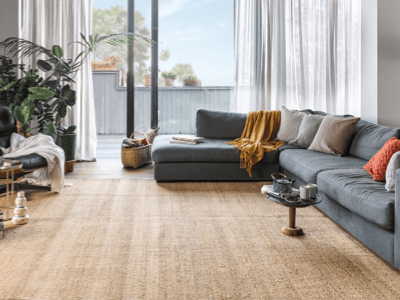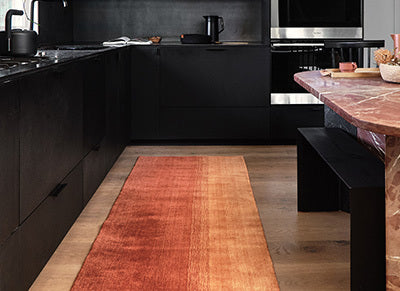














Order A Sample
Jetmir - Rug Sample
Size 12" x 12"
Free shipping
Turkish Kilims
Our Turkish kilims are each one-of-a-kind. Much of our collection was woven between 30 and 100 years ago, and curated by us. Other rugs are fresh off the loom and made with traditional techniques. Known for their intricate patterns and tight, sturdy weaves, what began as a homemade, everyday comfort ultimately became a robust industry, embodying a profound artistic expression of Turkey's culture.
Recently Viewed
Jetmir Vintage Kilim Runner Rug
Use code EARTHLY20 for 20% off sitewide. Hurry, sale ends 4/30! *custom rugs, swatches, rug pads, & gift cards excluded
Overview
+
Free Shipping & Easy Returns
Sustainable
Natural Fiber
Upcycled
Handmade
Vintage
Ready to Ship
Only One Made
One-of-a-kind vintage rug, flatwoven in Usak, Turkey
Jetmir has been professionally cleaned; age-related wear and natural inconsistencies are inherent in these unique, handcrafted vintage rugs.
- Only one in stock
- 100% wool pile on cotton foundation
- Dimensions: 3'6" x 10'4" (109 cm x 317 cm)
- Color palette: crimson red, navy, slate gray, cream, magenta, cornflower blue, camel, spiced pumpkin orange
Care
+
- We recommend that you regularly vacuum your rug to remove dirt and grime. Depending on how heavily your rug is used, just once or twice a month is adequate. Too much vacuuming can wear down the knots and fibers more quickly. If you have a suction attachment on your vacuum cleaner, use that instead of a rotary vacuum.
- Every few months, you’ll also want to flip your rug over and vacuum the back to get the grit out of the foundation of the rug. It also helps to rotate your rug once a year to ensure even wear over time.
- Every 3-5 years, we recommend getting your rug professionally hand-washed. Please do not take it to get steam or dry cleaned—this will almost certainly damage the rug! Hand-washing requires the use of a pH-balanced shampoo, worked into the rug by hand with a soft-bristled brush, before being rinsed thoroughly. This process should be repeated a few times.
- In case of spills:
- Blot the spill until it is dry, but do not add liquid. Consult an Oriental rug specialist immediately for cleaning. Adding liquid can make it harder to remove stains, and can even extend them further. This is because moisture travels along the fiber, so in rugs with horizontal fibers (like flatweaves), it can get trapped.
Details
+
- A variation of motifs—simple, tribal, bold, and colorful—all hailing from the Anatolian region (modern-day Turkey)
- Lined with a repeating set of four medallions to create multiple points of visual interest and direction
- A hexagonal shape (also known as a “lozenge”) represents the female form and fertility
- Artisanal and tribal, geometric designs feature angular edges and simple shapes—like diamonds, squares, lattices, and stylized animals
- A geometric, step-like pattern which expresses the primitive, artisanal qualities of weaving from nomadic cultures
Usak, located just west of central Anatolia, is known for carpets marking the rise of what scholars call the Turkish carpet design revolution. This refers to the transition from angular, geometric designs to the more organic, curvilinear designs found in Persian carpets—resembling Ottoman art and architecture.
Material DetailsWool is the most widely used fiber in Turkish rug design. Not only is it plentiful in supply, it’s durable, long-lasting, and soft—so it’s super comfy to walk and relax on. This wool pile is knotted onto a cotton foundation, another popular choice in rug design. The cotton used is rigid, strong, and provides a sturdy foundation that’s designed to last a lifetime—or ten.
Reviews
+
Returns & Exchanges
+








